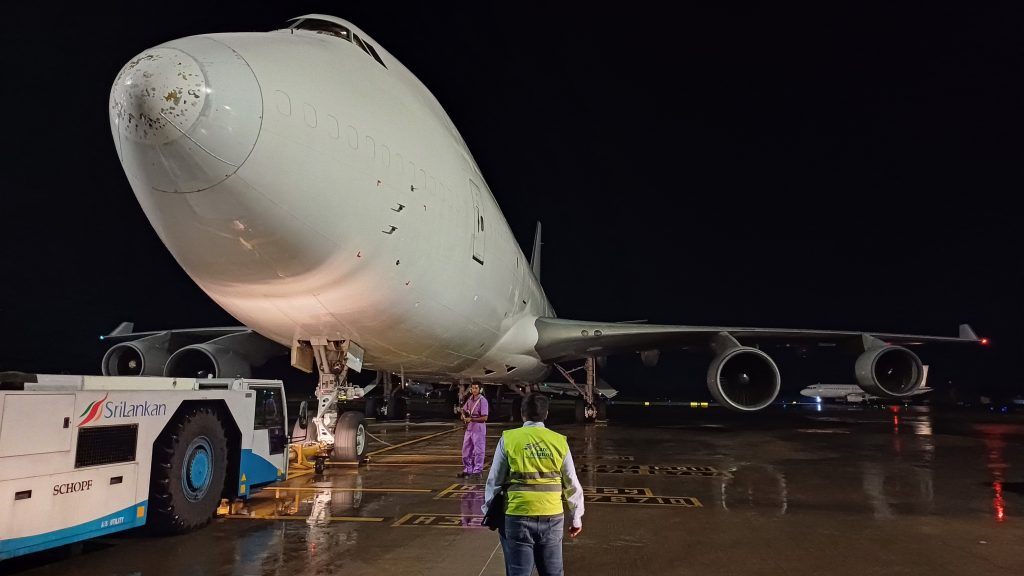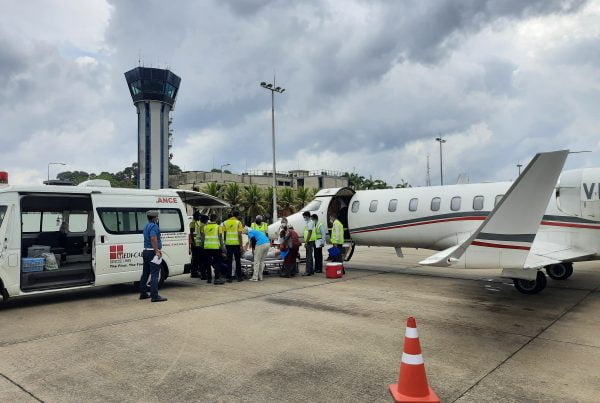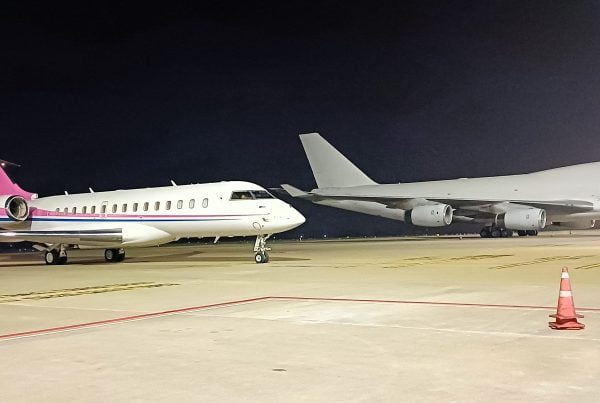
Before every flight, it is crucial to ensure that the aircraft is in good condition. One of the most important ways to do this is through a visual inspection. This means carefully looking over the aircraft’s exterior and important parts to check for any problems or damage. While it may seem like a small task, a thorough visual inspection can help prevent serious accidents, save lives, and ensure the safety of everyone on board.
The main reason for performing a visual inspection is to ensure safety. If there is any damage to the aircraft, such as cracks in the wings or body, loose parts, or broken equipment, it could cause major problems during the flight. For example, a small crack in the wing may grow bigger during the flight and affect the aircraft’s ability to fly properly. A visual inspection helps identify these issues early, allowing them to be fixed before they become dangerous.
Fluid Leaks
Aircraft systems rely on fuel, oil, and hydraulic fluids to operate correctly. Leaking fluids can be very dangerous and lead to system failure during the flight. A visual inspection helps check the levels of fuel and oil, making sure there are no leaks or shortages. If any leaks are found, they can be repaired before takeoff, preventing serious problems mid-flight.
Landing Gear
The landing gear is another critical part of an aircraft that must be checked before departure. It includes the tires, brakes, and other components that help the aircraft land safely. If the tires are worn down or damaged, the aircraft might not be able to land properly, causing a dangerous situation. A visual inspection allows the crew to check for any issues with the tires or landing gear, ensuring that the aircraft is ready for a safe takeoff and landing.
Flight Control Surfaces
The flight control surfaces include the ailerons, elevators, and rudder, which help control the aircraft’s movements. If these parts are damaged or blocked, the aircraft might not be able to respond properly to the pilot’s commands. For example, if the rudder is stuck or the ailerons are blocked by debris, the aircraft may be difficult or even impossible to control. A visual inspection ensures that these parts are in good working condition.
Foreign Objects Debris (FODs)
Foreign objects such as stones, debris, or even bird nests can be a danger to an aircraft if they are not noticed before takeoff. These objects can cause damage to the aircraft or affect its aerodynamics, which might make flying unsafe. The inspection helps remove such objects, keeping the aircraft in optimal condition and preventing any potential damage.
Volatile Weather Conditions
Sometimes, bad weather like snow, ice, or rain can affect the aircraft. Ice can build up on the wings and tail, changing the aircraft’s weight and aerodynamics. A visual inspection allows the crew to look for any ice buildup or weather-related damage. If ice is found, it can be removed before the aircraft takes off. This is especially important in colder climates, where ice and snow can quickly cause problems for the aircraft.
Avoiding Unexpected Issues
Performing a visual inspection before departure helps catch small problems before they become big issues. This can save time and prevent flight delays. If a serious problem is found during the inspection, it can be fixed right away, avoiding the need for emergency repairs later. It also helps avoid in-flight emergencies, which can be costly and dangerous. Regular inspections make sure the aircraft is ready for takeoff without unexpected issues.
International Regulatory Requirements
Airlines and pilots are required by aviation authorities (such as the FAA, EASA, or IATA) to perform pre-flight inspections. These inspections ensure that the aircraft meets safety standards and is airworthy. Failing to complete a proper visual inspection could lead to legal issues, fines, or even grounding of the aircraft. By following the inspection process, airlines ensure they are meeting the required safety regulations and keeping passengers safe.
In conclusion, for us at Care Aviation, visual inspection of an aircraft before departure is not just a routine task but a critical practice that ensures the safety and reliability of every flight. By carrying out thorough checks on essential components like tires, landing gear, flight control surfaces, and fuel systems, our team can identify potential issues, such as damage, or leaks before they become serious problems during the flight. This proactive approach helps prevent accidents and ensures that every aircraft in their fleet is fully prepared for a smooth and safe journey. For us, these inspections are a key part of our commitment to providing safe and smooth air travel, prioritizing the safety of passengers and crew on every flight. By making these inspections an essential part of our operations, we are not only meet regulatory requirements but also demonstrate our dedication to maintaining the highest standards of aircraft safety and performance.






